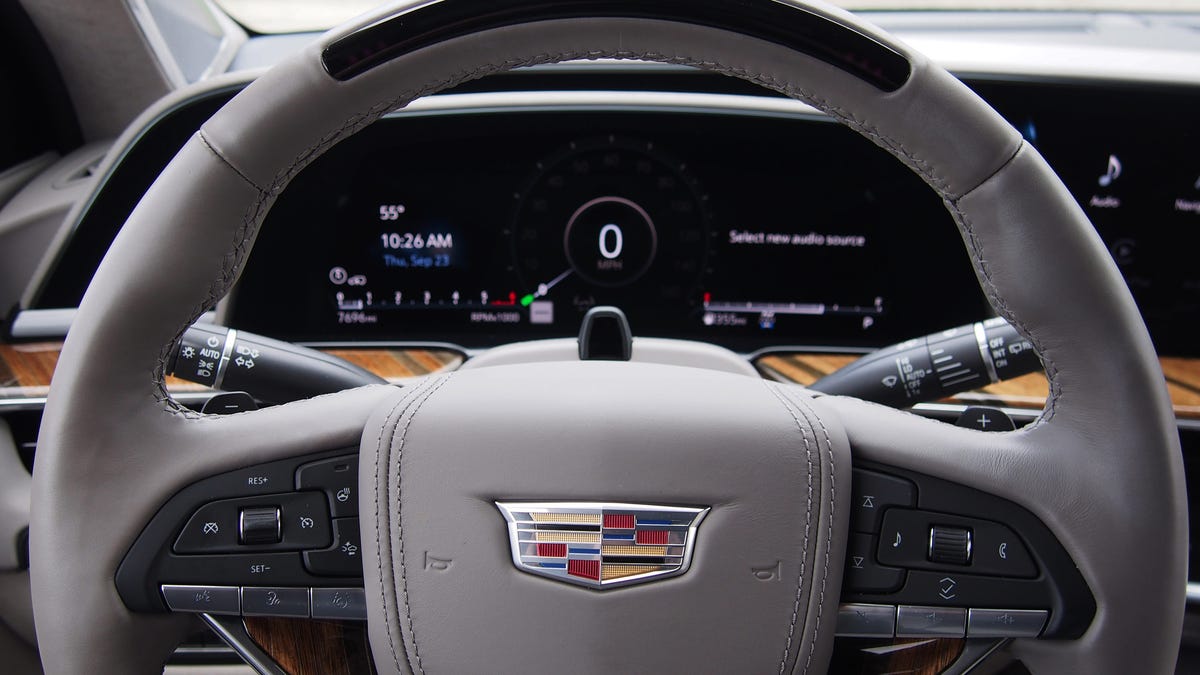IIHS to rate advanced driver assist systems: Not a single technology would pass today
The IIHS hopes the ratings serve as guidelines for the often overstated technologies, which include Tesla's Autopilot and GM's Super Cruise.
The Insurance Institute for Highway Safety is ready to add another element to its crash and safety tests: advanced driver assist systems. With the addition, the IIHS will now rate these systems, which rank Level 2 on the SAE Scale of Autonomy, on a scale similar to other facets of its roster of tests with a Good, Acceptable, Marginal or Poor grade.
The step to closely analyze these systems, which include Tesla's Autopilot and General Motors' Super Cruise, comes as they become more popular and accessible to car buyers. The IIHS said it also wants to provide safety guardrails for consumers to ensure they understand these kinds of advanced driver assists do not equal a self-driving car. In fact, the IIHS' president, David Harkey, went as far as saying there's "no evidence [the systems] make driving safer" since so many of them lack adequate safeguards.
Underscoring that is the fact that not a single system available today meets the IIHS' new guidelines. To earn a Good rating, the IIHS requires the system monitor both the driver's gaze and hand position. It should also have multiple alerts in various forms telling driver to retake control and a fail-safe procedure that slows the vehicle down and locks the system from use for the remainder of a drive. In addition, the top rating also requires automated lane change confirmation and initiation from the driver. There's also a lengthy list of things a system must not do to earn top marks. Adaptive cruise control must not restart if the driver isn't looking at the road after a lengthy stop, the system must not work with the seatbelt unbuckled or with other active safety functions turned off, and lane centering must not discourage human steering inputs.
The new ratings system doesn't test for a system's actual technology, however. For example, the IIHS will not look at how well cameras, radar or sensors identify objects, which may also contribute to crashes in the real world. This is simply about using the systems responsibly.
The IIHS expects it will issue its first ratings this year, but added supply chain problems have made it difficult to secure cars for its tests. What remains to be seen is if these system will eventually contribute to a car's ability to earn a Top Safety Pick or Top Safety Pick Plus award.


